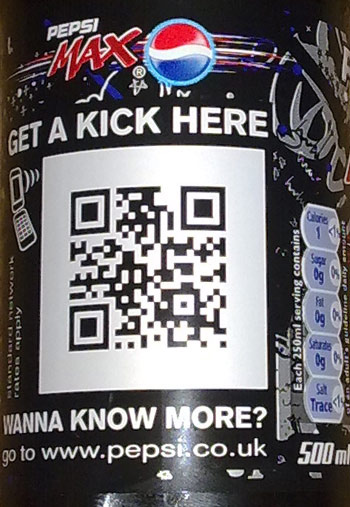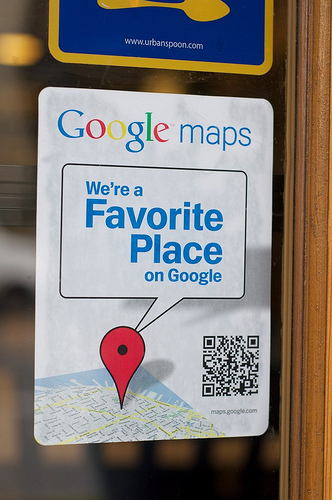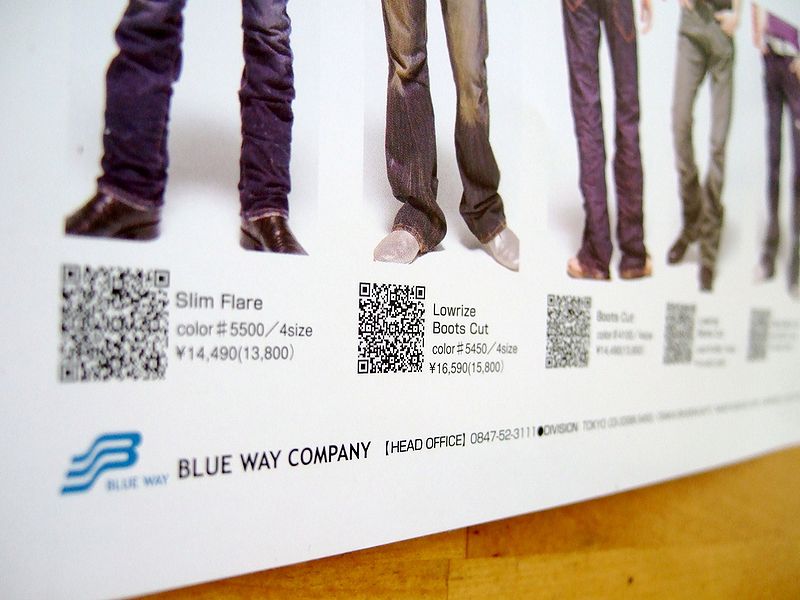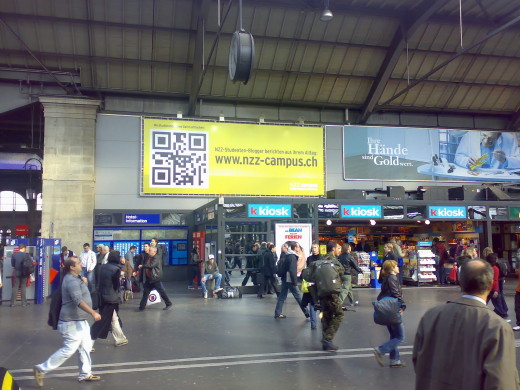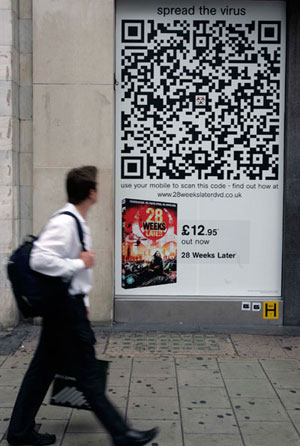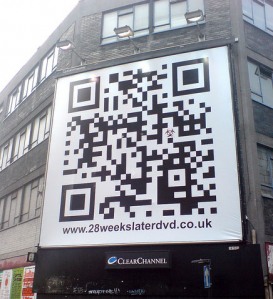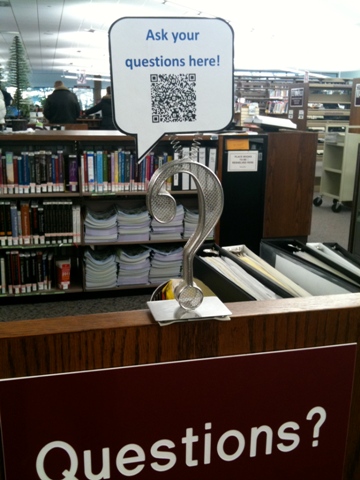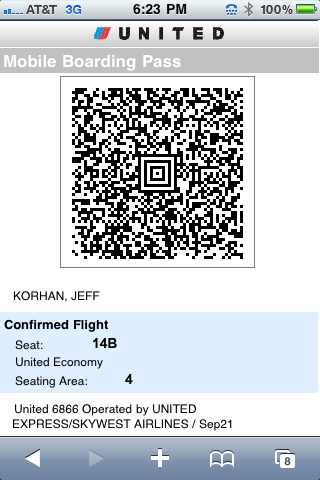QR Codes & Consumers
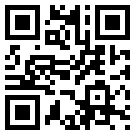 QR codes or Quick Response codes have experienced an increase in popularity over the past couple of years. However, it could be claimed that they are yet to live up to their initial expectations.
QR codes or Quick Response codes have experienced an increase in popularity over the past couple of years. However, it could be claimed that they are yet to live up to their initial expectations.
In more simple words, QR codes are square bar codes, scanned by a smartphone and once scanned they are able to provide information on the item connected with the code by directing the scanner to a website related to the code. Giving you the option of creating a simple and accessible channel between every day items and relevant websites. So you can say goodbye to long URLs.
QR Codes have experienced substantial success in Japan, appearing in magazines, billboards, business cards, shop windows, T-shirts, and more.
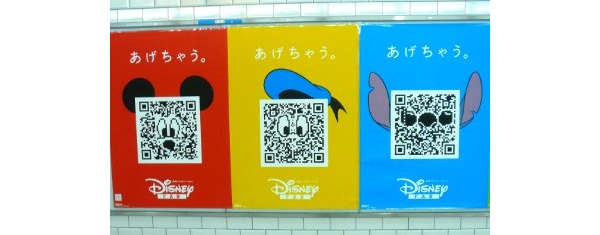
QR codes are only bound to become more common in the coming years. People are increasingly reliant on their mobile devices, and typing out URLs on the tiny keyboards is still not very efficient. These QR squares are a shortcut around that problem, can easily be integrated with various services, and incorporate geo-location data. Advertisers may not have figured it out just yet, but QR codes are their best friends.
There’s no limit to how, or even how much, you can share with QR codes.

Data can be translated into a QR code by any QR generator, many of which are available free online. Users simply enter the data to be translated, and the generator produces the code, which can then be displayed electronically or in printed format. Decoding the information can be done with any mobile camera phone that has a QR reader, which is freely available online for most devices.
Once the software is loaded, a user points the cell phone camera toward the code and scans it. The software interprets the code, and the cell phone will either display the text or ask for permission to launch a browser to display the specified web page.
![]()
 To know more about what is happening in the mobile platforms, applications and startups in the MENA region, consider visiting the ArabNet 2011 Shift Digital Summit, from March 22-25, in Beirut-Lebanon, which will draw over 1,000 attendees and 80 speakers from around the world. It will include a Developer Day (March 22), Two Forum Days (March 23 & 24), and a Community Day (March 25).
To know more about what is happening in the mobile platforms, applications and startups in the MENA region, consider visiting the ArabNet 2011 Shift Digital Summit, from March 22-25, in Beirut-Lebanon, which will draw over 1,000 attendees and 80 speakers from around the world. It will include a Developer Day (March 22), Two Forum Days (March 23 & 24), and a Community Day (March 25).

